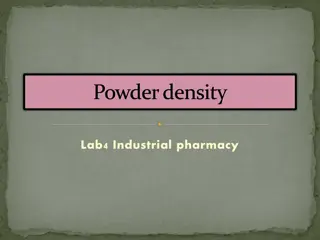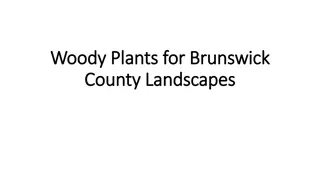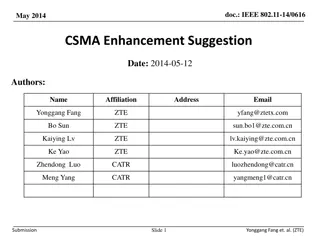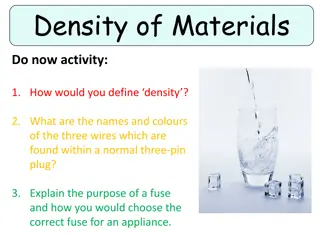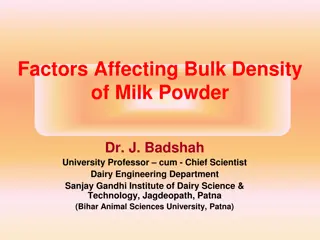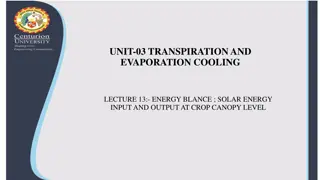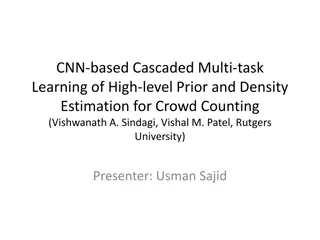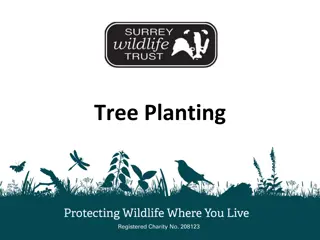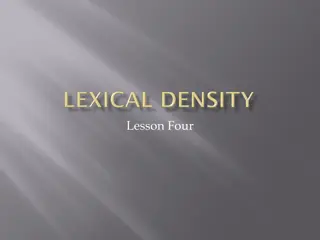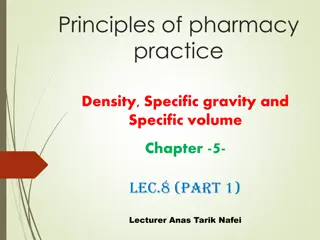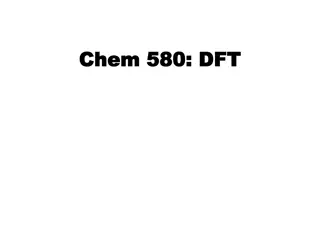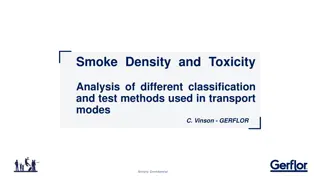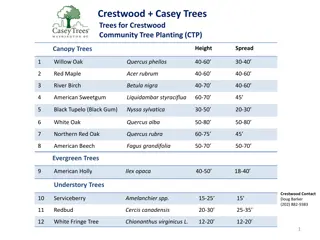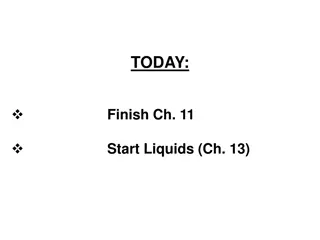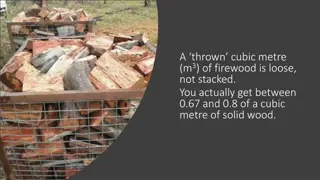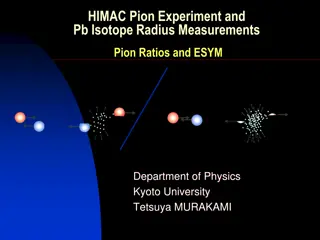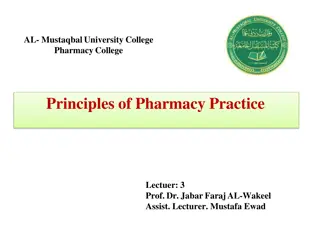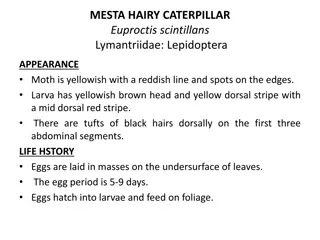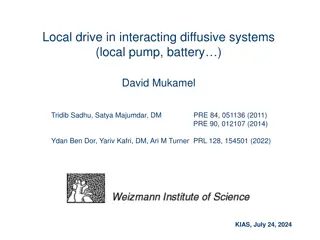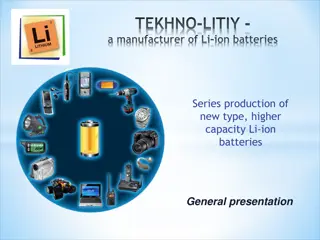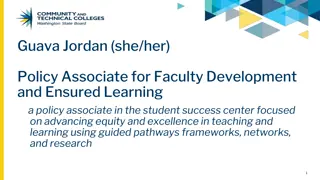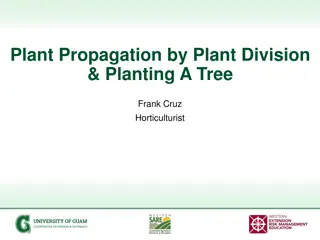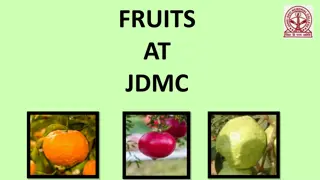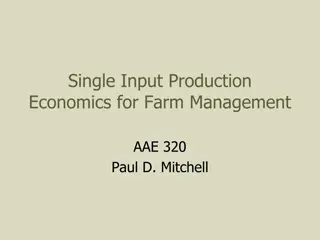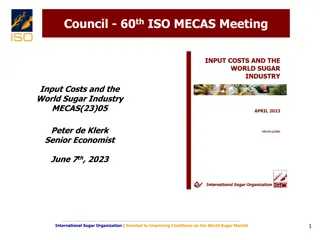Enhancing Guava Production Through Canopy Management in High Density Planting Systems
Effective canopy management in guava, including pruning and growth regulators, plays a crucial role in optimizing vegetative growth, fruit yield, and quality. High-density planting requires proper light penetration for better production efficiency. Pruning helps regulate tree size, improve fruit quality, and increase yield per unit area, especially in untrained trees. Understanding canopy dynamics is essential for successful guava cultivation.
Download Presentation

Please find below an Image/Link to download the presentation.
The content on the website is provided AS IS for your information and personal use only. It may not be sold, licensed, or shared on other websites without obtaining consent from the author. Download presentation by click this link. If you encounter any issues during the download, it is possible that the publisher has removed the file from their server.
E N D
Presentation Transcript
Center for Smart Agriculture Hi Tech Fruit Culture Module 3: Canopy Management Session 5: Canopy management in Guava
Canopy management in Guava For managing the canopies of the trees under high density planting approaches like pruning and use of growth retardants singly or in combinations may be exploited. But under high density planting system, light and other microclimatic conditions are important aspects which directly or indirectly affect the vegetative growth, yield and quality of guava fruits.
As guava tree respond well to canopy modification with respect to vegetative and reproductive growth therefore, modification of canopy through pruning and use of certain growth regulators in high density orchards may be steps to enhance the production efficiency. Guava has a higher proportion of shade to sun leaves and their leaves are found photo synthetically in inactive under deeper shade and act as unproductive sink
Therefore, vegetative growth, fruit yield and quality are functions of light interception and translocation of light energy into chemical energy. Quality fruit is function of absorption of light and light is directly proportional to the yield of fruit trees interception was more in guava trees planted, at wider spacing and decrease significantly with the depth of the canopies inspective of the planting densities.
It is observed that fruit yield and quality of guava fruits decreased with poor light interception at higher planting densities. Therefore, management of canopy under high density planting as must for proper light penetration.
Now, pruning has emerged as a commercial and alternative method for regulating the crop in guava. Thus, the pruning may be helpful in reducing the tree size and improving the fruit quality as well. This gives an opportunity to increase the number of trees per unit area and subsequently the higher yield. Untrained or Untrained guava trees become huge and unmanageable even after 3-4 years of planting. The bearing area is reduced and the interior of the plant becomes entirely devoid of fruiting.
Trees are pruned to increase the yield of quality fruits by removing the crowded and crises- crossed branches. Training and pruning begins at an early stage of plant growth to develop single trunk trees with well spaced scaffold branches to from the strong frame work. Apical growth is to be controlled within the first year of planting for better canopy architecture.
Trees are topped to a uniform height of 60-75 cm from the ground. As a result, new shoots emerge. About 3 to 4 equally spaced shoots are retained around the stem to form the main scaffold limbs of the tree. These shoots are retained the stem to from the topping until they attain a length of about 40-50 cm. The selected shoots are further pruned to 50 per cent of their length for inducing multiple shoots form the buds below the cut ends and again emerged new shoots.
All the plants are confined to a hedge and May-June of every year. Pruning in canopy management of Guava Tree pruning is an annual practice on Guava farms in India and is carried out to: Manage plant canopy and better plant architecture. Direct or control plant growth, to obtain the desired tree canopy. Encourage flower and fruit production to maximize production of high-quality fruit per unit area. Optimize sunlight utilization and air movement in the tree. It is essential for obtaining optimal yield and high fruit quality.
Pruning usually involves there basic techniques: Thinning, Heading back and Pinching or Tipping, Thinning involves the removal of entire branches at the point of origin. By thinning, the plant is reduced without obviously altering its size or form.
Heading back is the process of pruning to shorten branches. Heading back is usually used to induce production of flowers and fruit and to limit tree size. Pinching involves the removal of the growth tip of the stem. This action will stimulate the growth of side branches. Plant growth substances play a vital role in development of auxiliary shoots.
Heading back of branches of guava tree Heading back of branches of guava tree Newly emerged shoots on beheaded Newly emerged shoots on beheaded branches of the tree branches of the tree



